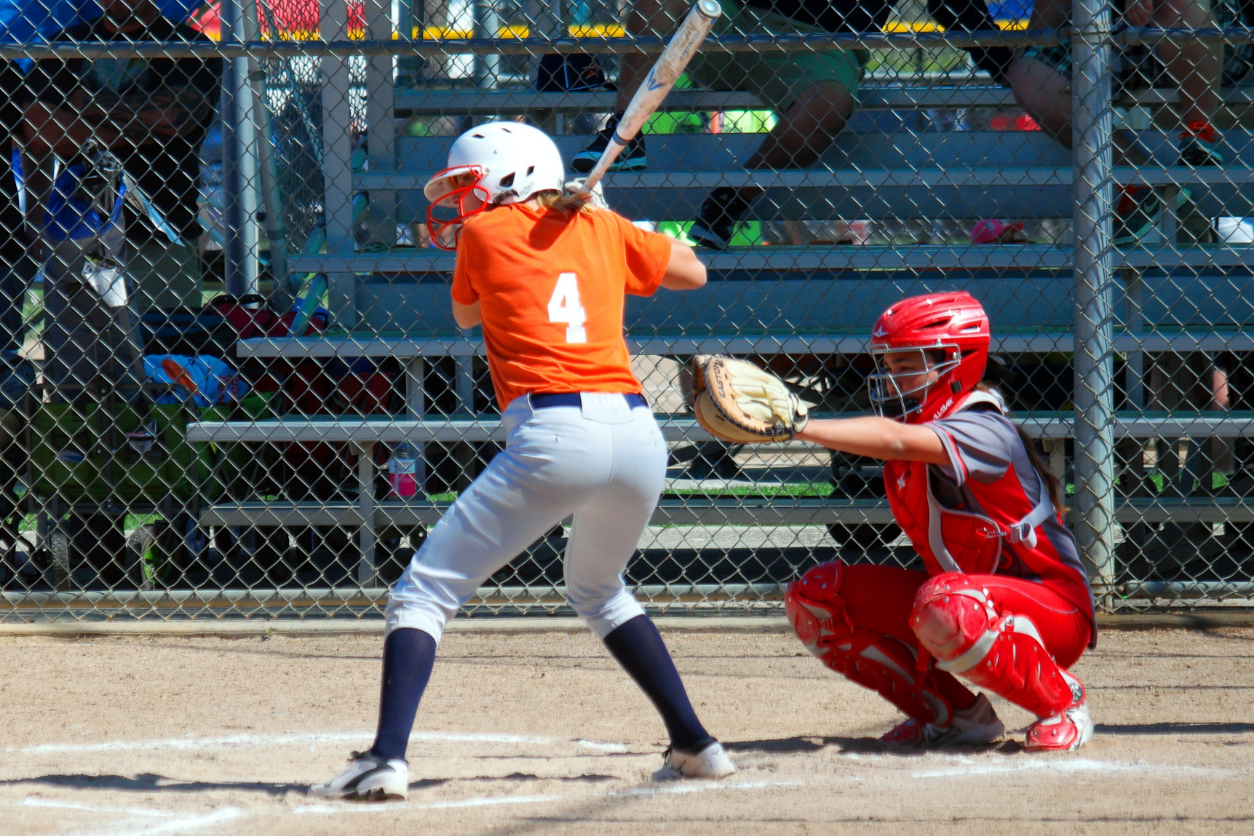Smaller schools could mean bigger opportunities
Given the popularity of the NCAA Women’s College World Series, t’s easy to think that Division I softball is the only game in town. But the fact is, roughly only the top 1.7% of high school softball players wind up playing at the DI level. However, softball competitions at many Division II schools can rival DI programs. And, out of all the levels of college softball, there are more softball players in Division III than at any other level. So what’s the difference? Read on…
There‘s One Catch
The one hitch to competing for a Division III softball team is that DIII schools don’t offer athletic scholarships. However, most of them do offer ample academic scholarship opportunities. So, if you’re looking for a college softball scholarship, academic ability matters more than athletic ability in Division III.
Given that, remember that softball is an equivalency sport in NCAA DI and DII, full scholarships can be rare, and partial scholarships are far more common. However, if you have a solid academic record and good entrance exam scores, a DIII softball coach may be able to assemble an academic scholarship package that pays for more of your college expenses than a partial athletic scholarship from a DI or DII program.
Opportunity
The numbers don’t lie. In the NCAA’s Division I, there are 299 schools that sponsor softball programs. In Division II, there are 286 softball teams. And there are 201 NAIA softball teams and 362 junior college programs. However, it’s Division III, with 413 schools sponsoring softball, that offers the most opportunities to play softball at the collegiate level. In addition, given the number of coaches looking for players in DIII, you may even find the opportunity for immediate playing time as an incoming freshman. Plus, depending on the school and the program, you may even be able to pursue other sports at a DIII school.
Lifestyle
At the Division III level, you’ll find a better balance of academics, athletics, and campus activities. That means, rather than college softball essentially being a year-round job – as it might be at higher levels – you’ll have the opportunity to focus on other things at a DIII school beyond just athletics and academics. And that can translate into more on- and off-campus opportunities such as clubs, activities, internships, international study, or simply more time to enjoy the college student lifestyle.
Figure Out Where You Fit
As noted above, the sheer number of Division III softball programs means coaches are always looking for players. Further, since the college expenses for DIII softball players aren’t reliant on athletic scholarships, turnover can be higher at DIII programs than at other levels.
So, while many players have a general idea of where they might fit based on the recruiting interest they’re seeing, as a rule, roughly only the top 6-7% of high school softball players will wind up at Division I or Division II level. And, if you’re assembling a target list of schools for your own softball recruiting process, it will likely save you time and hassle to know if you have what coaches are looking for.
Even if you do see some interest from DI or DII teams, DIII recruiting is far less restricted and you’re still likely to hear from some Division III programs too. Remember that interest from a DI or DII program doesn’t always translate into scholarship offers, so keep all your options open and do your research. While you may have to rely on an academic scholarship instead of an athletic scholarship, you may find a DIII school offers you the best fit on the field, in the classroom, and on campus.
If you’re not getting looks from DI and DII softball programs, or you’re simply looking for a college experience that won’t be focused strictly on softball, look to see if you might fit in DIII. Division III softball programs may not offer scholarships, but they still have a lot to offer!
Did you enjoy the article ‘What’s The Division 3 Difference In College Softball?’? If so, check out more of our articles HERE.




